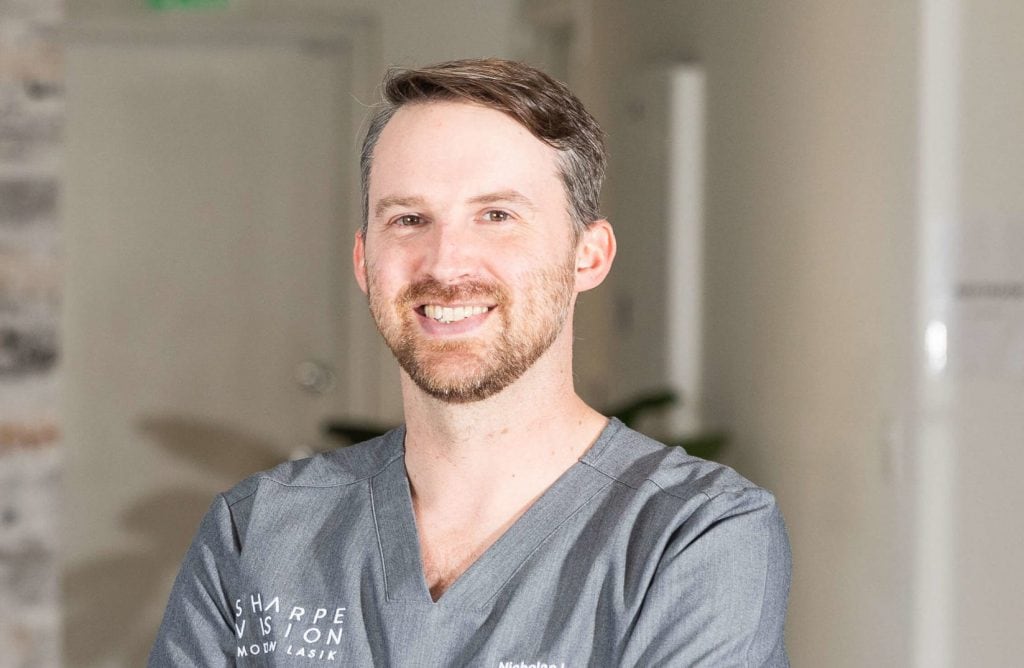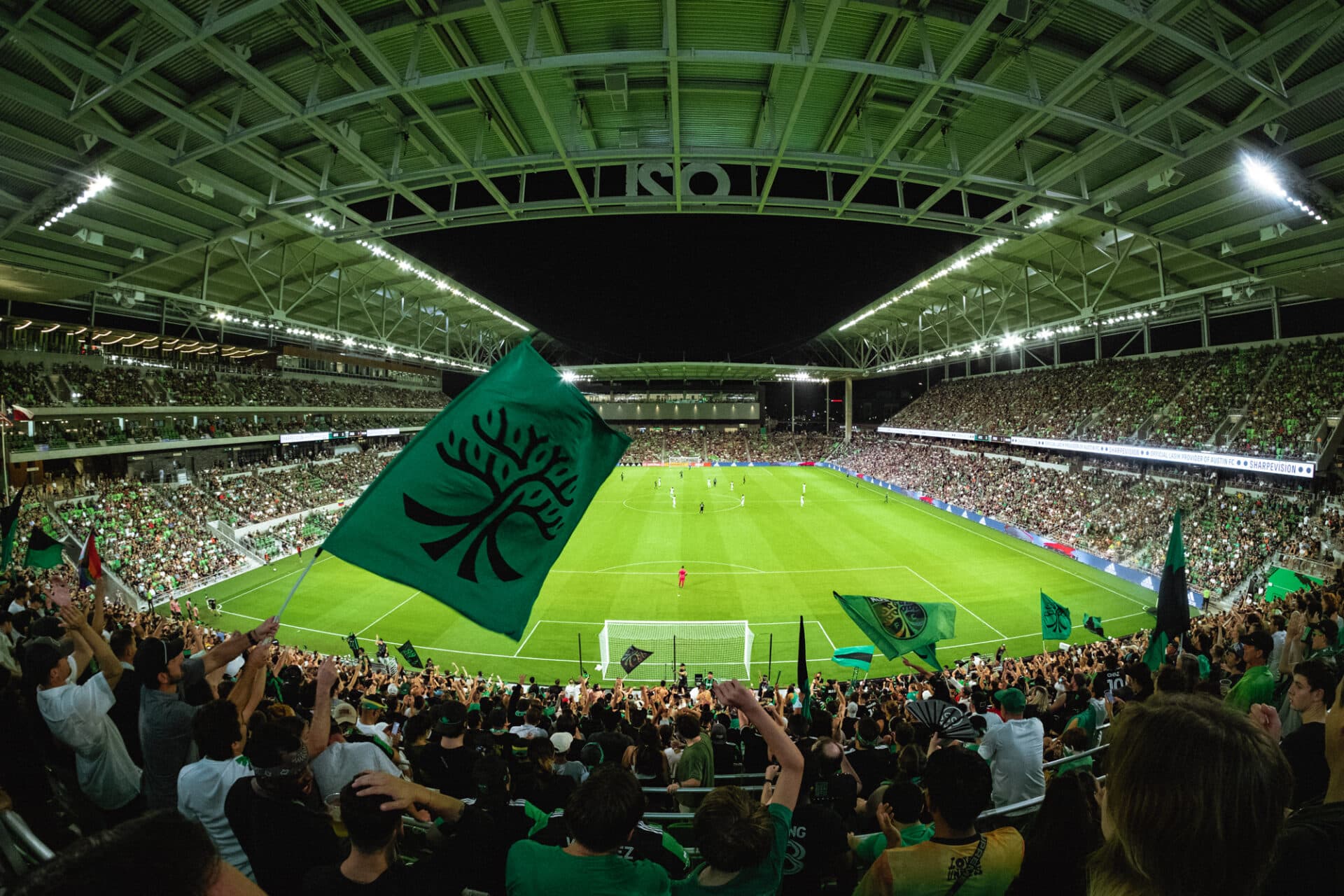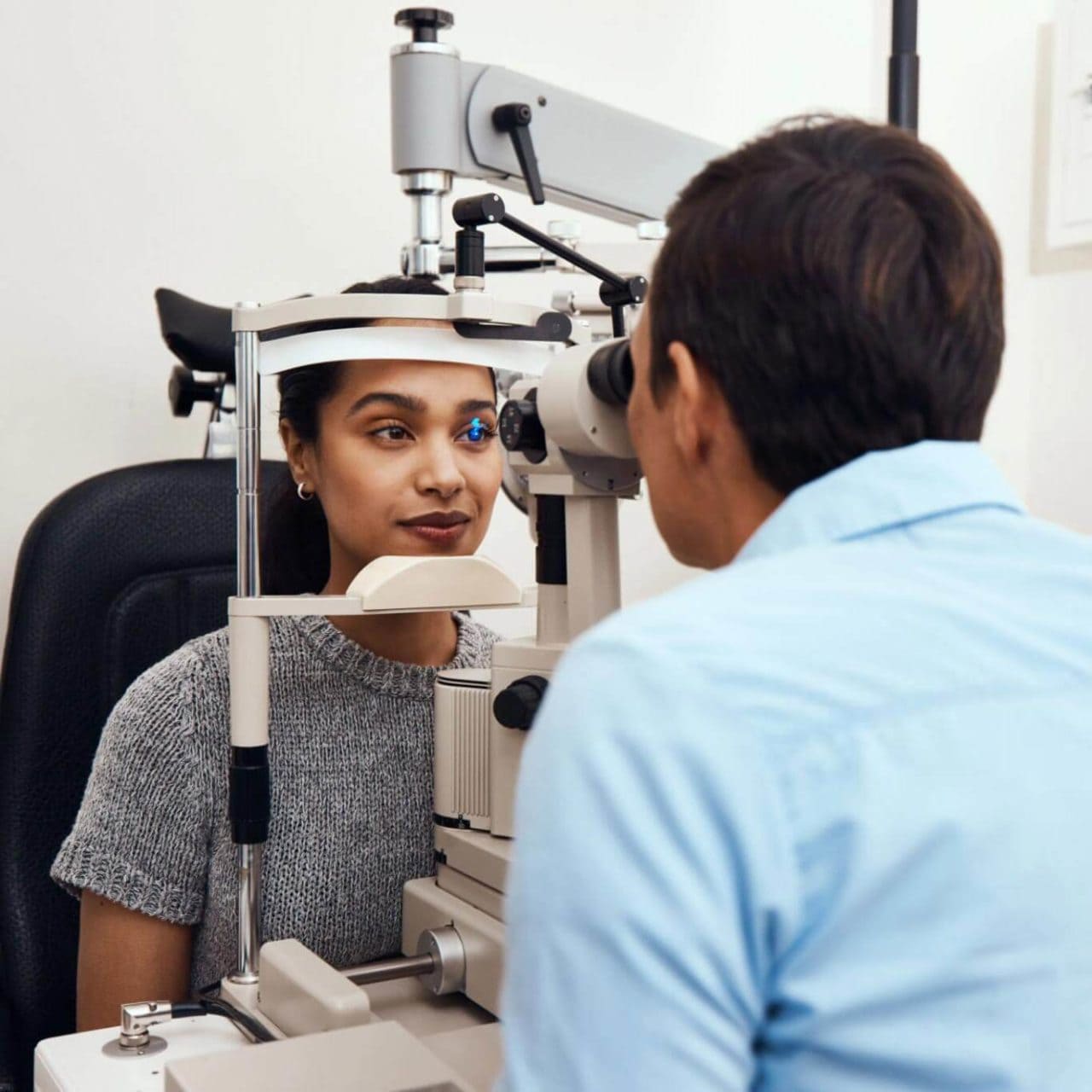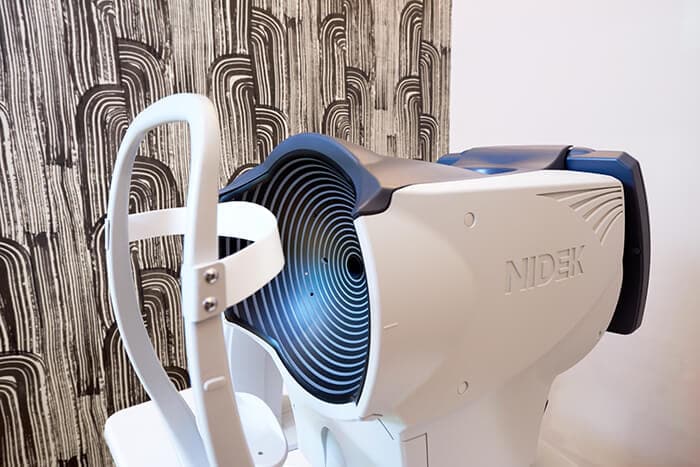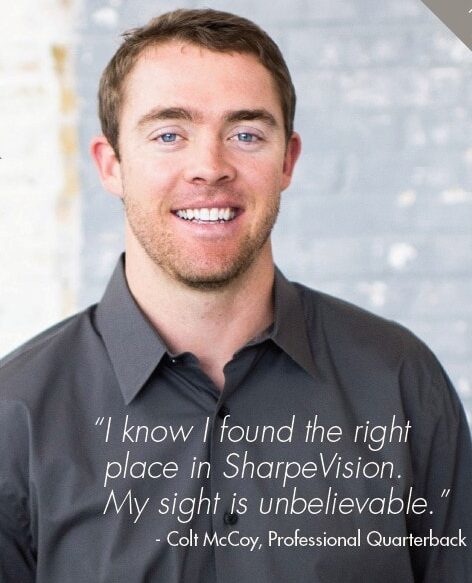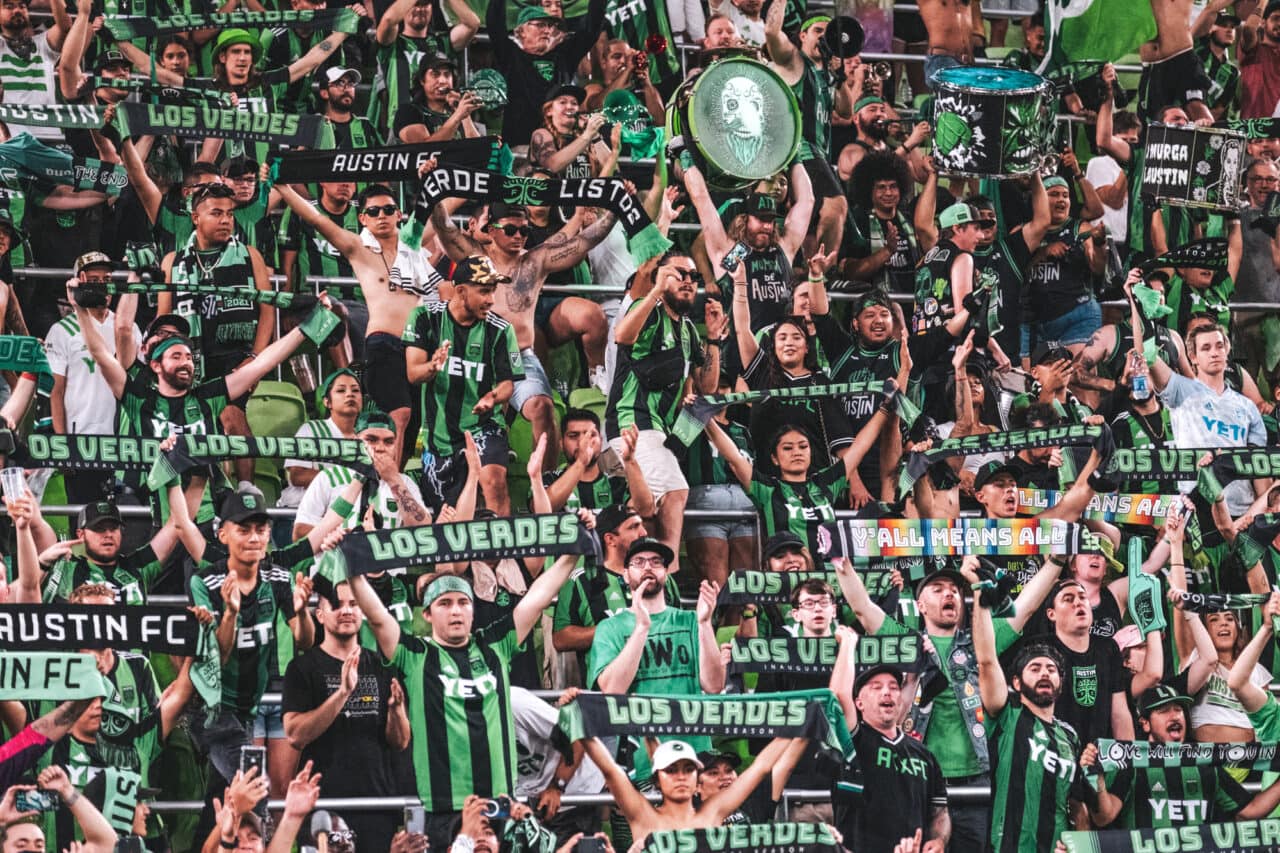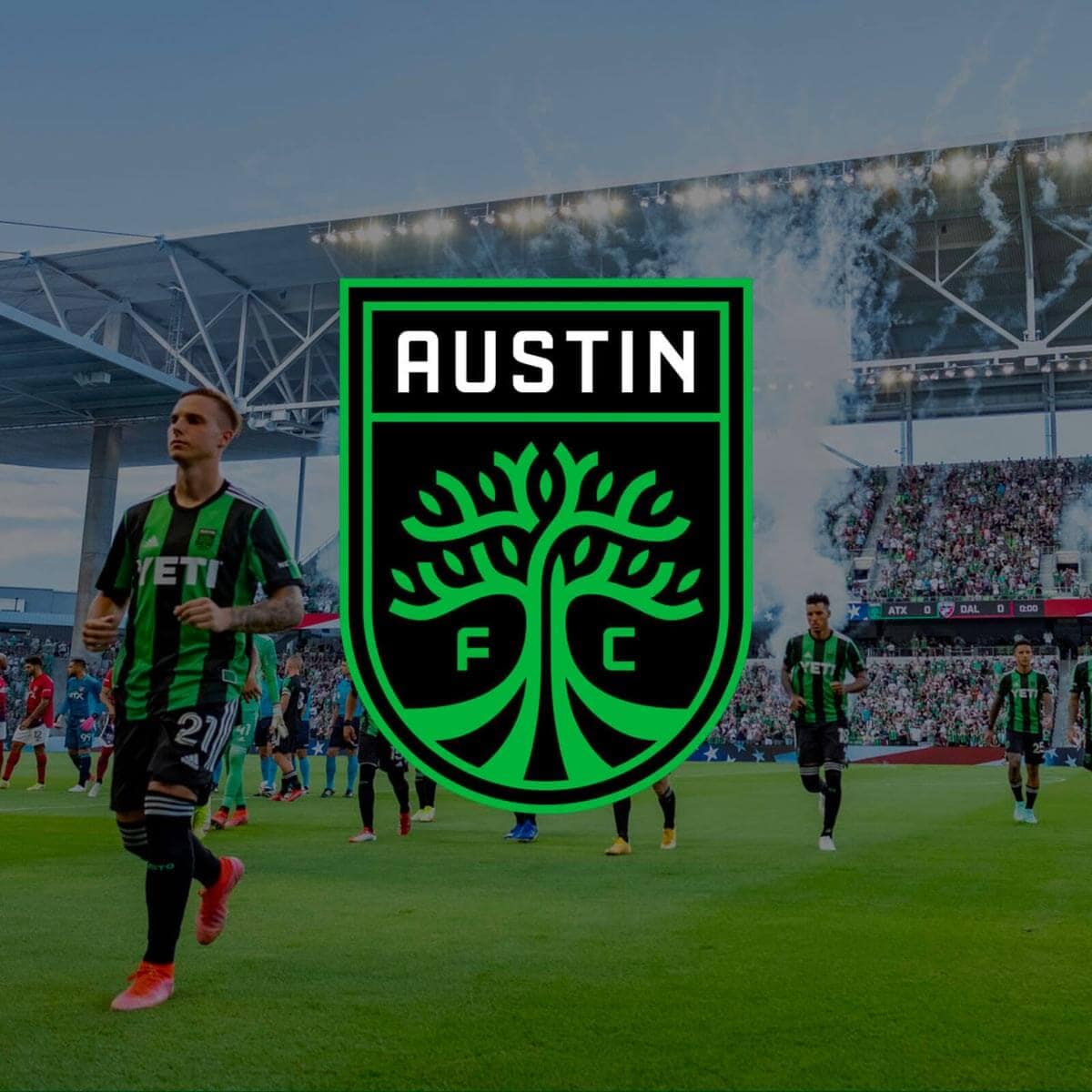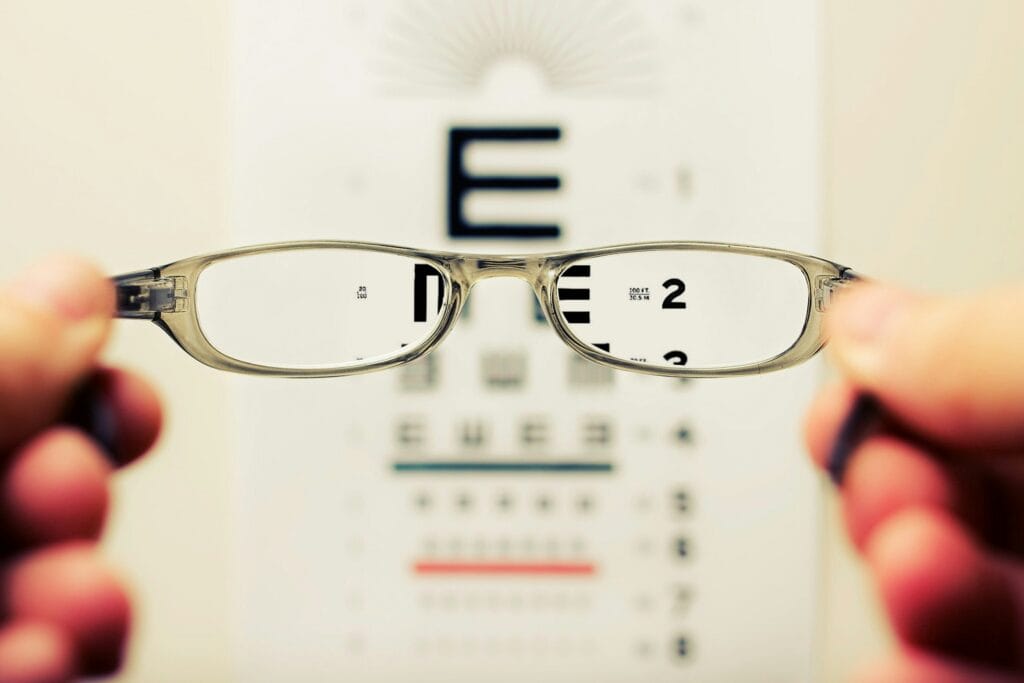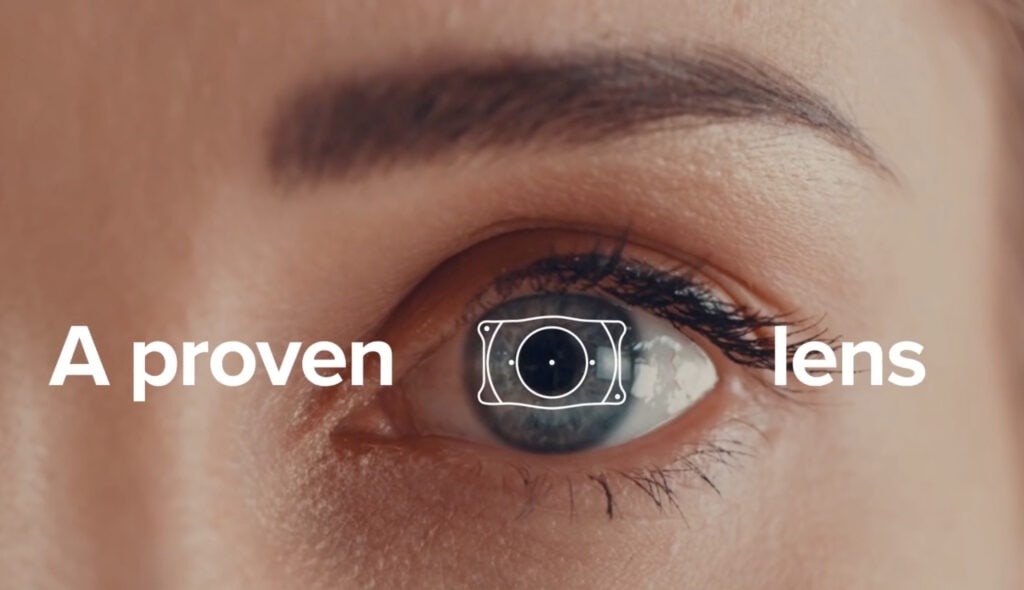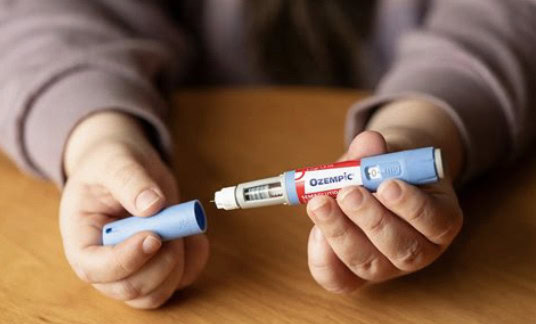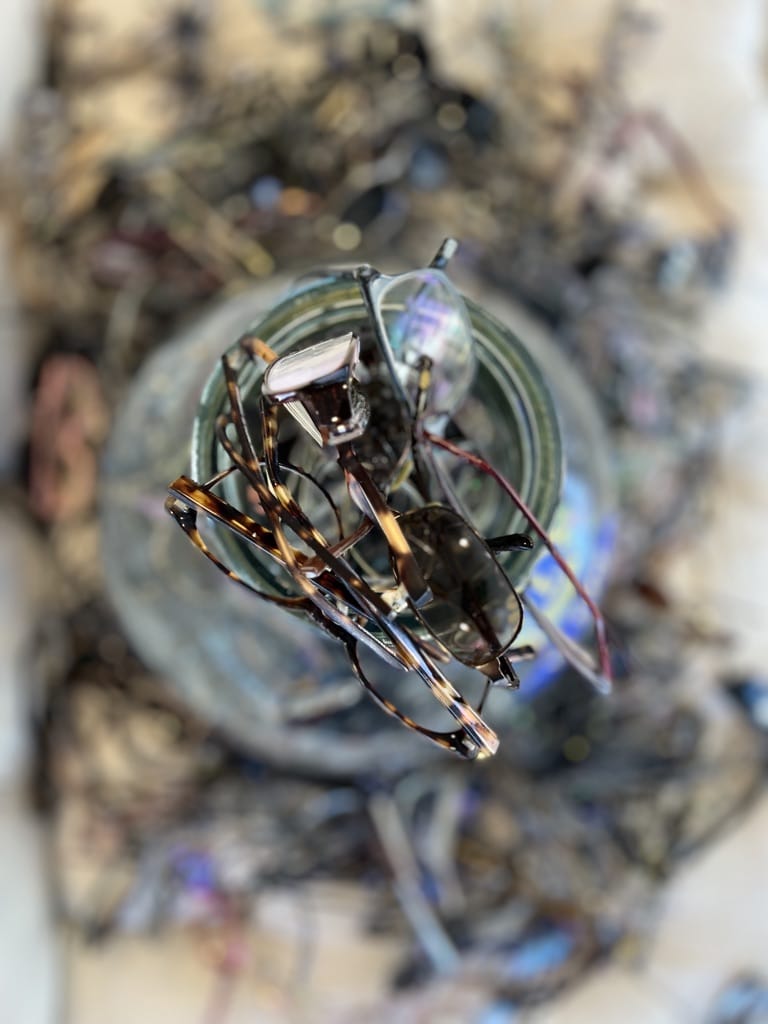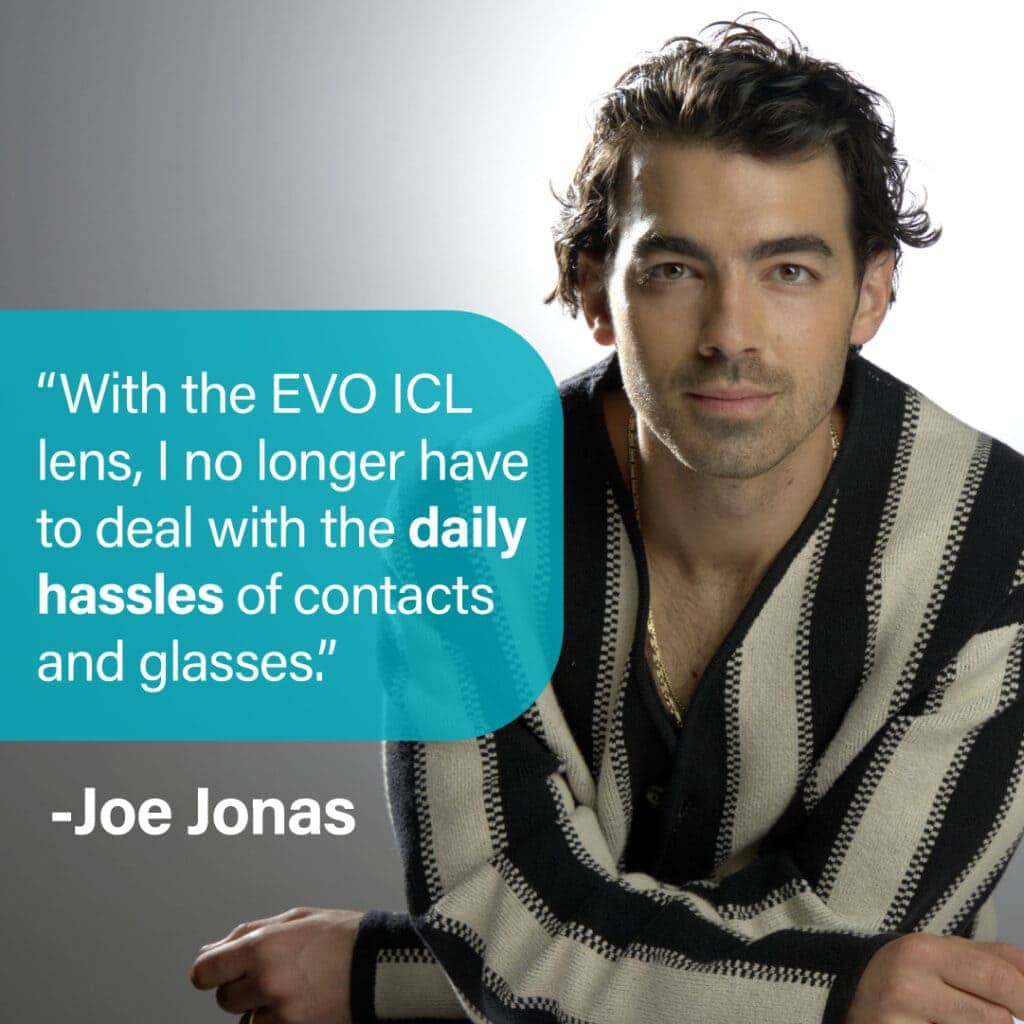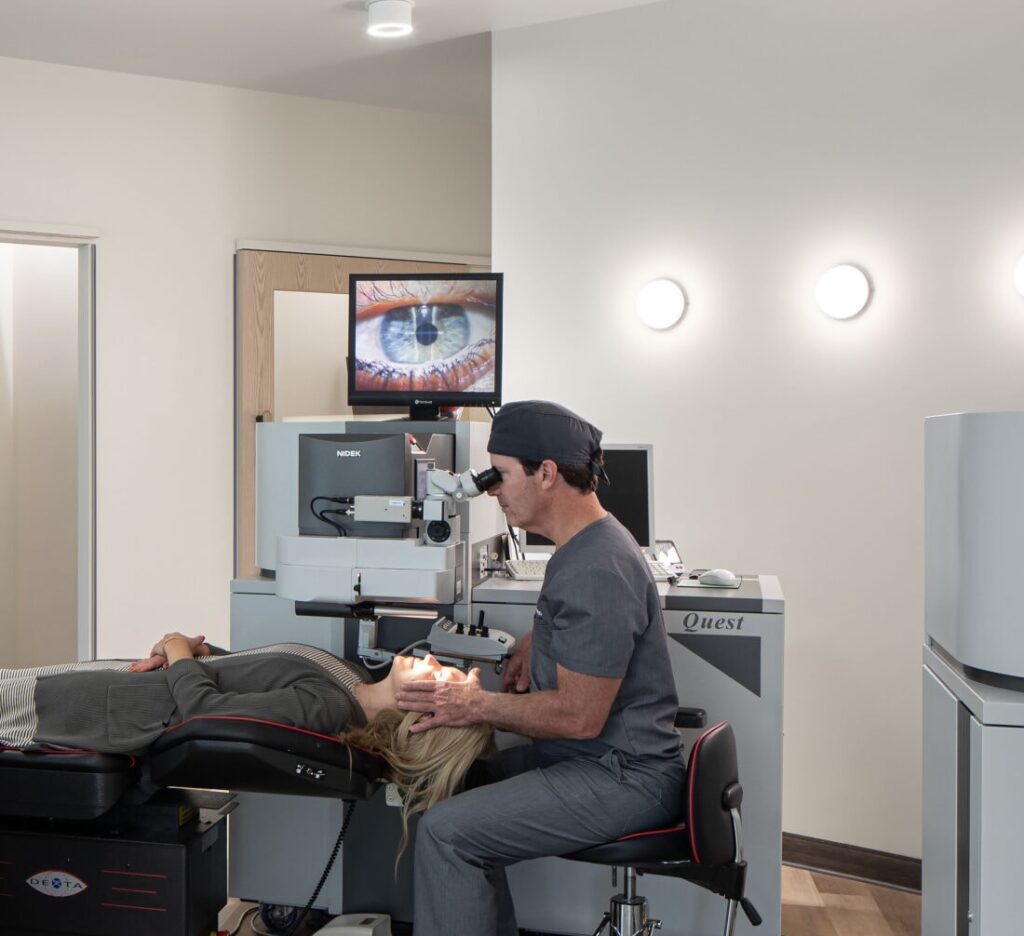One of the things that sets SharpeVision apart is that we have every technology available to get you out of glasses, so we don’t have to shoehorn you into a procedure that might not be the best fit for you. The biggest two factors that affect the procedure recommendation and outcomes are: age and amount of prescription. Also important is your anatomy and eye health.
Your age is important, because our eyes go through different stages:
- Age 0-18: our eyes are growing, our visual pathway is developing, our refractive error (nearsightedness, farsightedness and astigmatism) is changing, and therefore glasses, contacts, and myopia control methods are the best way to maintain your vision. We do not perform surgery on anyone under 18.
- Age 18-45: ocular maturity occurs in this phase when as an adult, your prescription will stabilize. Most people have a misconception about stability, and confuse normal small fluctuations from day to day with a change in their prescription. Sometimes they believe their nearsightedness has gotten better, when they were over prescribed for the amount of nearsightedness they have. This is typically when LASIK or PRK is recommended, if your cornea and prescription safely allow it.
- Early Dysfunctional Lens Age 45-65: the clear flexible lens in our eye becomes less and less flexible until we’re in our mid-50s when it’s completely rigid. When we’re in our mid-40s, the loss of flexibility forces us to realize that we’re no longer 25 years old, and we can’t have it both ways. We can’t have good distance and near vision in both eyes. We need either distance glasses, near glasses, or both (bifocal glasses or multifocal contacts) At this age we may still recommend LASIK or PRK, but reading glasses and monovision are discussed and demonstrated.
- Late Dysfunctional Lens Age 65+: our lens first becomes less flexible which is noticed in our mid 40s (give or take a couple years), then it becomes less clear, which we notice in our mid 60s (give or take a decade). The early symptoms are glare from oncoming headlights, rings around lights, and asymmetric blurry vision. At some point on this spectrum we decide to have cataract surgery. LASIK is not recommended if you have developing cataracts.
Your prescription amount (degree of nearsightedness) is important for several reasons. The higher the degree of nearsightedness, the more tissue LASIK and PRK removes from your cornea, and each person has a slightly different amount, and limit. At SharpeVision we measure the thickness of your cornea with both sound and light to get a highly accurate measure. LASIK removes tissue from beneath the laser created flap. PRK removes tissue from the surface of your cornea.
Your ocular anatomy is important, in that some people are not LASIK candidates due to the shape and thickness of their cornea. If your cornea has signs of instability, or is too thin, we don’t operate on it. Some people can safely due PRK but not LASIK due to these same factors. Anatomy is also important when considering an Implantable Contact Lens (ICL) because you need adequate room between your natural lens and the back of your cornea to allow an ICL to be implanted.
Your eye health must be excellent to safely perform vision correction surgery. This is a big part of why we perform a free comprehensive exam at SharpeVision.
At SharpeVision, we offer LASIK, PRK, ICL, and IOL. The recommendation depends on your age, prescription amount, anatomy, and other factors. We spend a lot of time making sure you know the what, the why, and the pros and cons of our recommendation.
